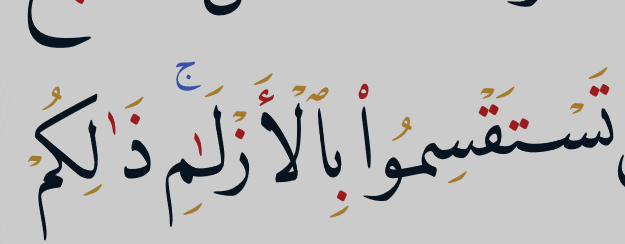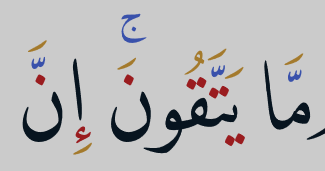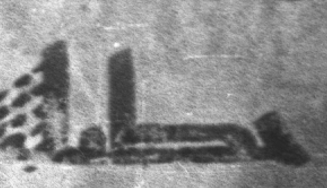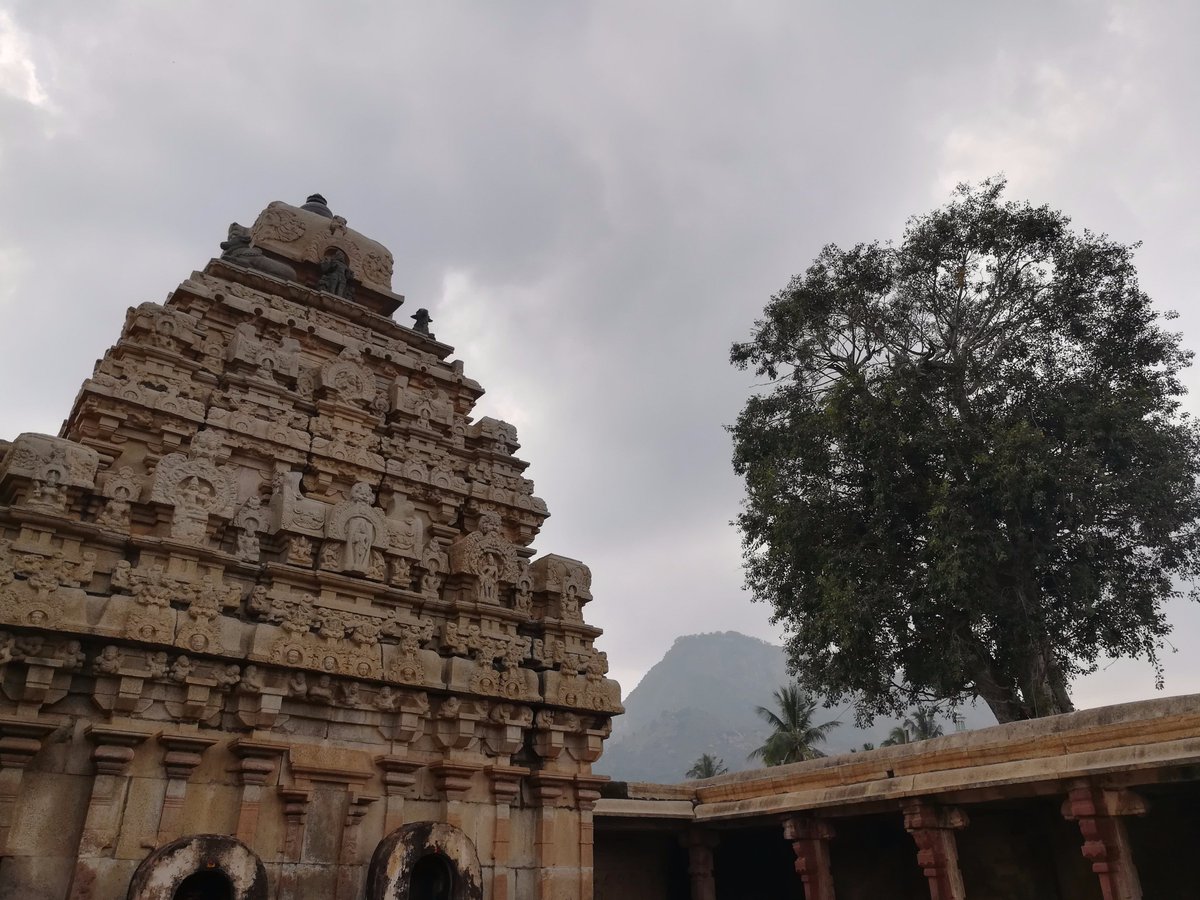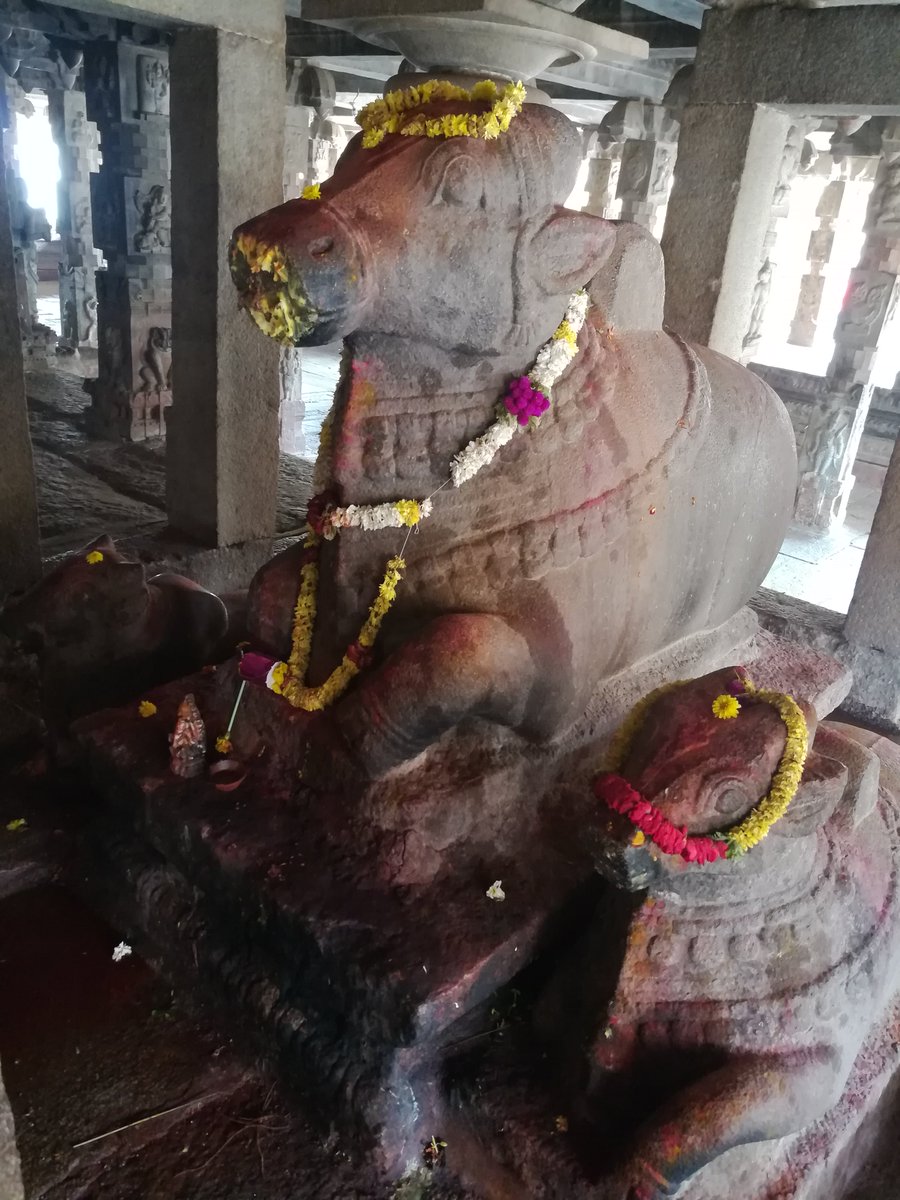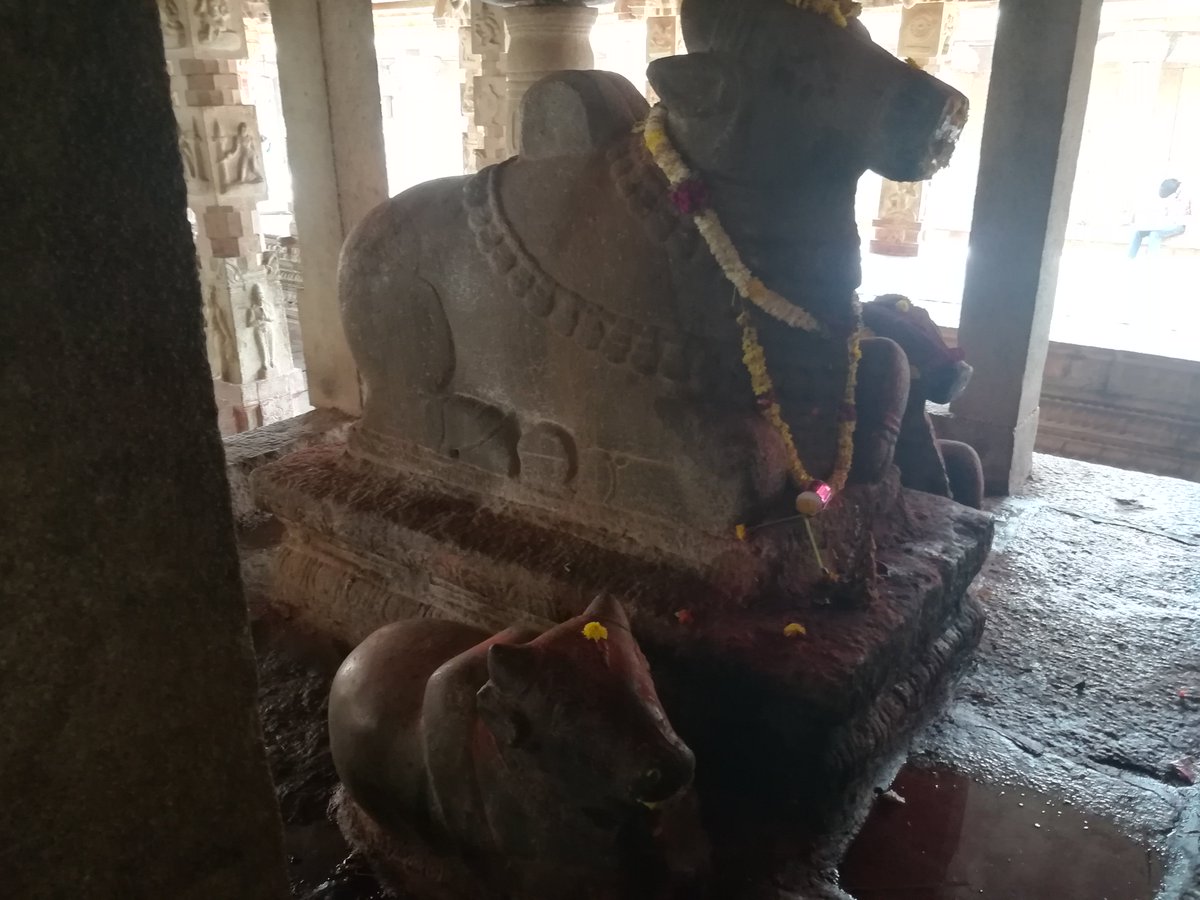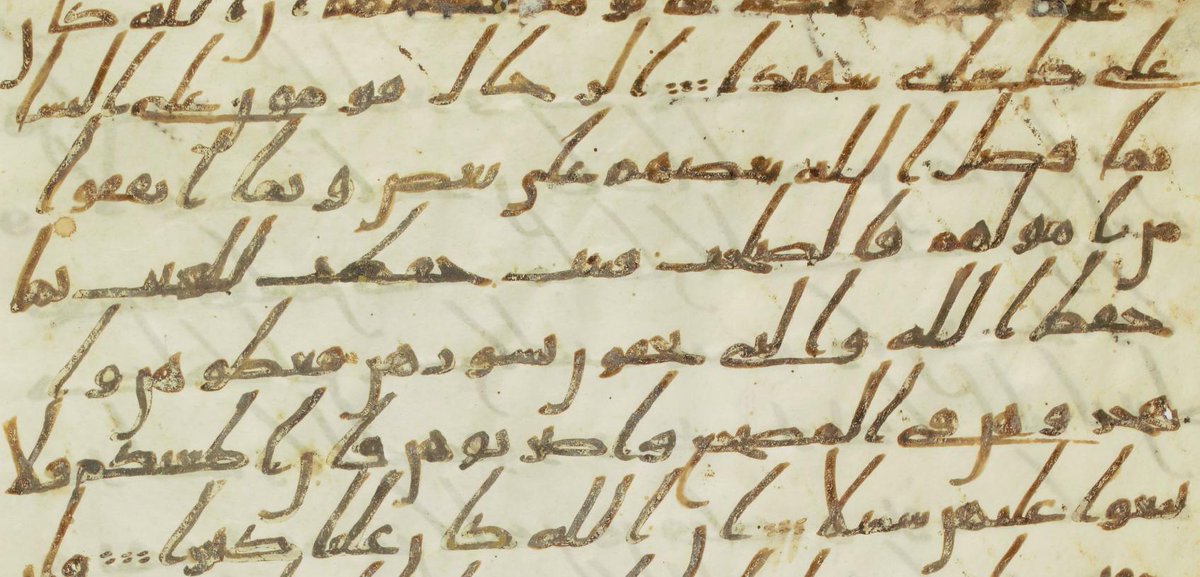
quran.com/4/79/ at rasūlan (erased)
quran.com/9/115/ at mā yattaqūna (erased?)
quran.com/5/3/ at bi-l-ʾazlāmi
quran.com/10/10 at salām (erased)


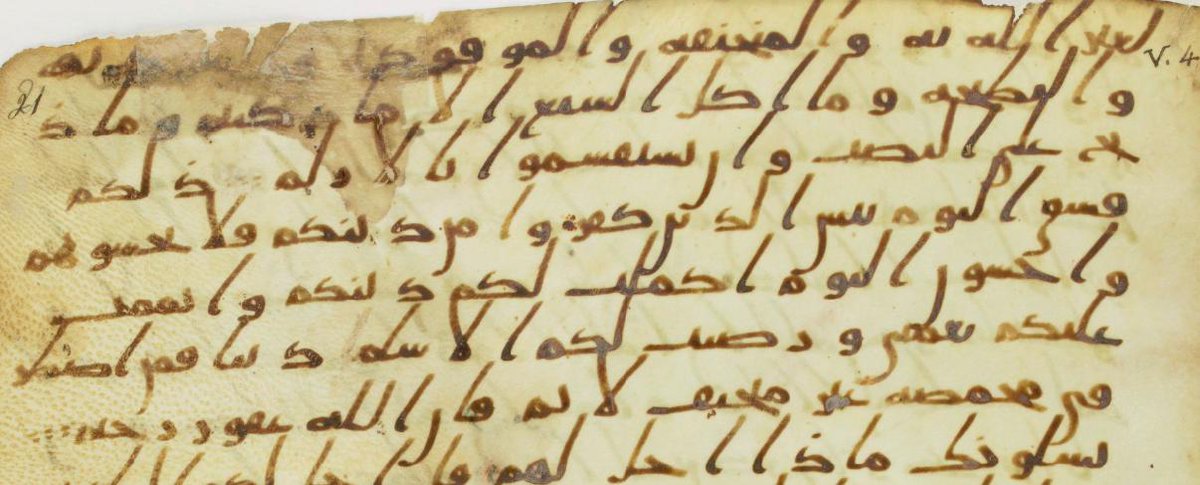

Also at ʾāxarūna at quran.com/25/4 but I do not have a photo of it.
So what exactly is going on? In 'Qurans of the Umayyads' Déroche claims that these 'verse breaks' are unknown in the traditions on verse division.

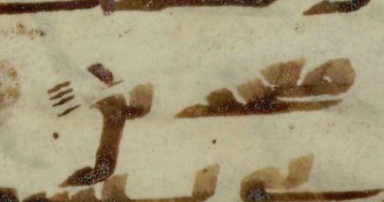

It is very important not to exoticize these 'uncounted' verses too much. It is clear that early on, they were not considered part of the count.
It seems that the verse breaks and their counts were part of the local traditions very early on.





